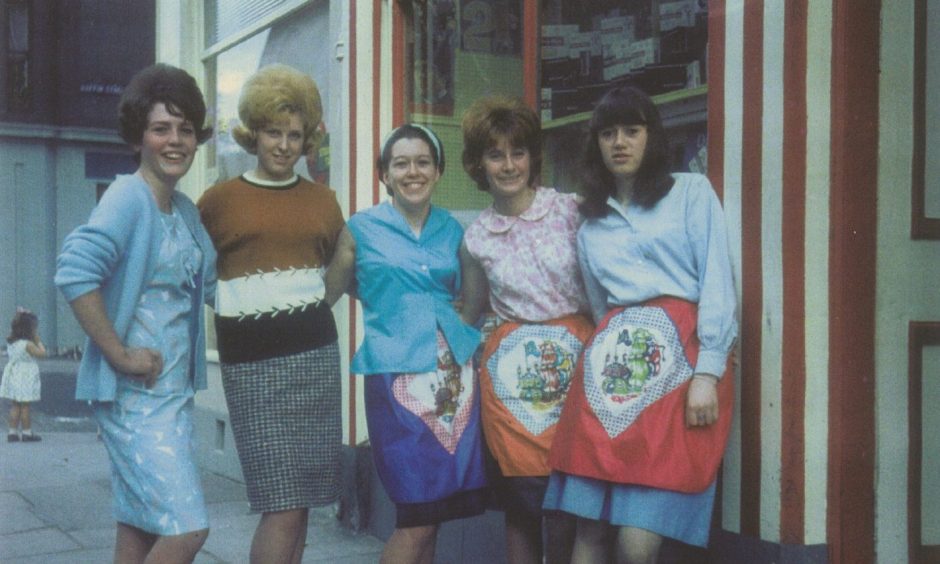
The Haparanda coffee bar in Dundee was the place to be seen for trendy teenagers in the Swinging Sixties.
It became ultra-popular.
Dundee’s hip teens gathered in the evenings to listen to the latest chart music and dance the night away with their friends.
So many friendships and romances started at the Hap.
It was opposite Baxter Park on Arbroath Road.
The Hap became a bustling hot spot
Much of its popularity was down to its owner.
Ciano Soave began a lifetime of serving the Dundee public when he joined the family chip shop in Baffin Street at the age of 11.
His Sunday name was Luciano.
He was a third-generation Italian.
The former St John’s High School pupil opened the Hap in the summer of 1958.
Ciano wanted a place where teenagers could meet over coffee and soft drinks and listen to their favourite music being played.
He wanted a name to stand out from the crowd and chose Haparanda, a village on the Swedish-Finnish border where he had been on holiday.
Its distinctive frontage was red and white.
Ciano called everyone “pal”.
He would be dressed in his trademark white jacket and bow-tie.
Teens were dressed to impress at the Hap
Ciano charged 10 old pennies for a bottle of Coca-Cola and nine-pence for a coffee, which was expensive for those days, but it was an excellent marketing ploy.
People flocked there just to see what kind of place was charging such prices.
But having sampled the fare on offer, the young people returned in their droves.
In those days, it was considered cool to drink from a Coca-Cola bottle with the white writing on it, and also to smoke cigarettes, but no alcohol was consumed.
Male and female fashion was also really taking off around the time the Hap opened.
Skirts got shorter, heels higher and most of the girls favoured back-combed, “beehive” hairdos, held in place by half a can of lacquer.
The boys were resplendent in mohair Italian suits, slim tie and winkle-picker shoes.
Ciano made a point of getting to know all his customers personally.
He was 34 when it opened, which was young enough to talk their language and old enough to command their respect.
It closed at 10.30pm every night and 10pm on a Sunday.
At first, you didn’t have to queue to get in but things changed quickly.
There was never any trouble.
People were all just there to enjoy themselves.
And they did.
Hap jukebox played The Beatles and Stones
Dundee FC players Ian Ure, Alex Stuart, Alan Gilzean and Bobby Waddell were among the regulars who used to meet there.
Ciano had a bus conductor’s money bag to charge everyone who wanted to go downstairs to the small dance floor.
A jukebox played the latest hits from The Beatles, Rolling Stones, Cliff Richard, The Kinks and Gerry and the Pacemakers.
Ciano would also record the latest releases from the airwaves of Radio Luxembourg and play them back over a reel-to-reel tape recorder.
Bands played live there too.
The Erle Blue Stars was the first to perform.
Between 1962 and 1965 Ciano also staged about 20 dances down in the city centre Continental Ballroom.
The much sought-after tickets were priced at four shillings-eleven-and-a-half pence (about 25p in today’s money) and around 800 people would attend each time.
Profits were passed on to cancer research and old people’s homes.
Ciano was a keen photographer and film-maker.
He took thousands of photographs and footage that survives to this day.
What was it like to be a regular at the Hap?
Among the Hap regulars when it was in its hey day was Sandy McGregor, who later became The Courier’s chief reporter.
“The café culture for teenagers kicked off in the late 50s-early 60s, when we had our own music for the first time,” he explained.
“But there were few places to meet up and properly enjoy it.
“We were too young to be pub regulars, so cafés with their jukeboxes provided the perfect solution.
“The Hap quickly became the go-to venue for folk from all over the city, and beyond.
“I think part of its appeal was that its main area was underground, giving it a nightclub-type atmosphere.
“It didn’t matter if it was a bright summer evening – it was always dark and intimate for chats over hot orange or bottles of Coke!
“Mind you, the packed basement with its narrow stairway entrance would almost certainly never pass today’s health and safety regulations!
“The fact that quite a few football players attended, added to the glamour, attracting hopeful young girls, as well as some youthful supporters.
“It didn’t do any harm, either, that Ciano always seemed to employ good-looking young waitresses, many of them going on to eventually marry customers.
“We thought we were real trend-setters, but looking back it was all very innocent and youthful.
“The height of daring was a quick cuddle and kiss in one of the booths, or dropping an aspirin into your Coke bottle for some kind of imaginary boost.
“It was a very happy place and a great time to be a teenager.”
The Hap closed its doors in 1972
Everything seemed rosy in the garden.
But things started to change from 1965.
Bad behaviour became a major headache.
Things came to a head in November 1970.
Ciano decided something had to be done after vandalism became more frequent.
He said he was forced to close the Hap because of the “deterioration of the moral standards of many of today’s teenagers”.
“The years 1958 to 1965 were the happiest years of my life,” he said.
“In those days we were one big family.”
He said young people’s standards had dropped.
Ciano said he had to bar an average of 20 youngsters per week from the café.
He redecorated and reopened as a restaurant in December 1970.
He said he was hoping to attract back some of his old clientele from the “golden years”.
The Hap eventually closed in 1972.
Ciano set up the Washington Café in Union Street.
The Hap building was demolished in the mid-70s.
Ciano was later honoured by the Queen for his services to young people and he ran the Washington until he hung up his apron in 1995.
Ciano didn’t get much of a retirement.
He was diagnosed with cancer and given only three months to live.
He died in 1998 aged 73.
A plaque, with lettering in the colours of the Hap, was attached to a coffee-coloured garden seat near Glebelands Primary School as a final tribute.
Gravestone epitaph marked final goodbye
Ciano was buried in the Eastern Cemetery.
His gravestone bears the epitaph: “See you in heaven”.
And therein lies a rather moving story.
Before he died he paid a last visit to his great friend Peter Dora.
Finally it was time to leave and they parted on a handshake and a hug.
Then, at the living room door, Ciano suddenly stopped and turned.
“Cheerio, pal,” he said with a smile.
“I’ll see you in heaven.”
Then he was gone.
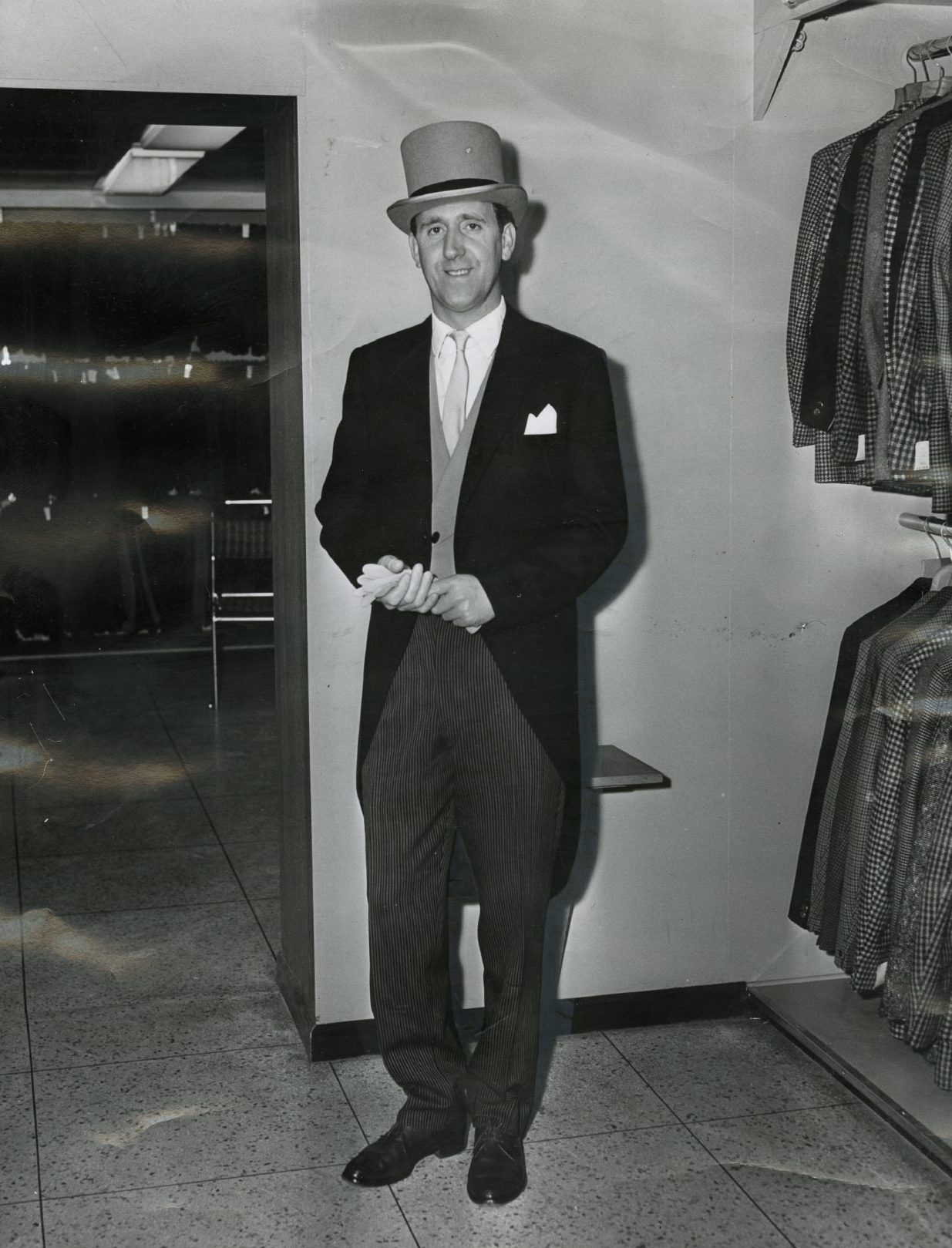
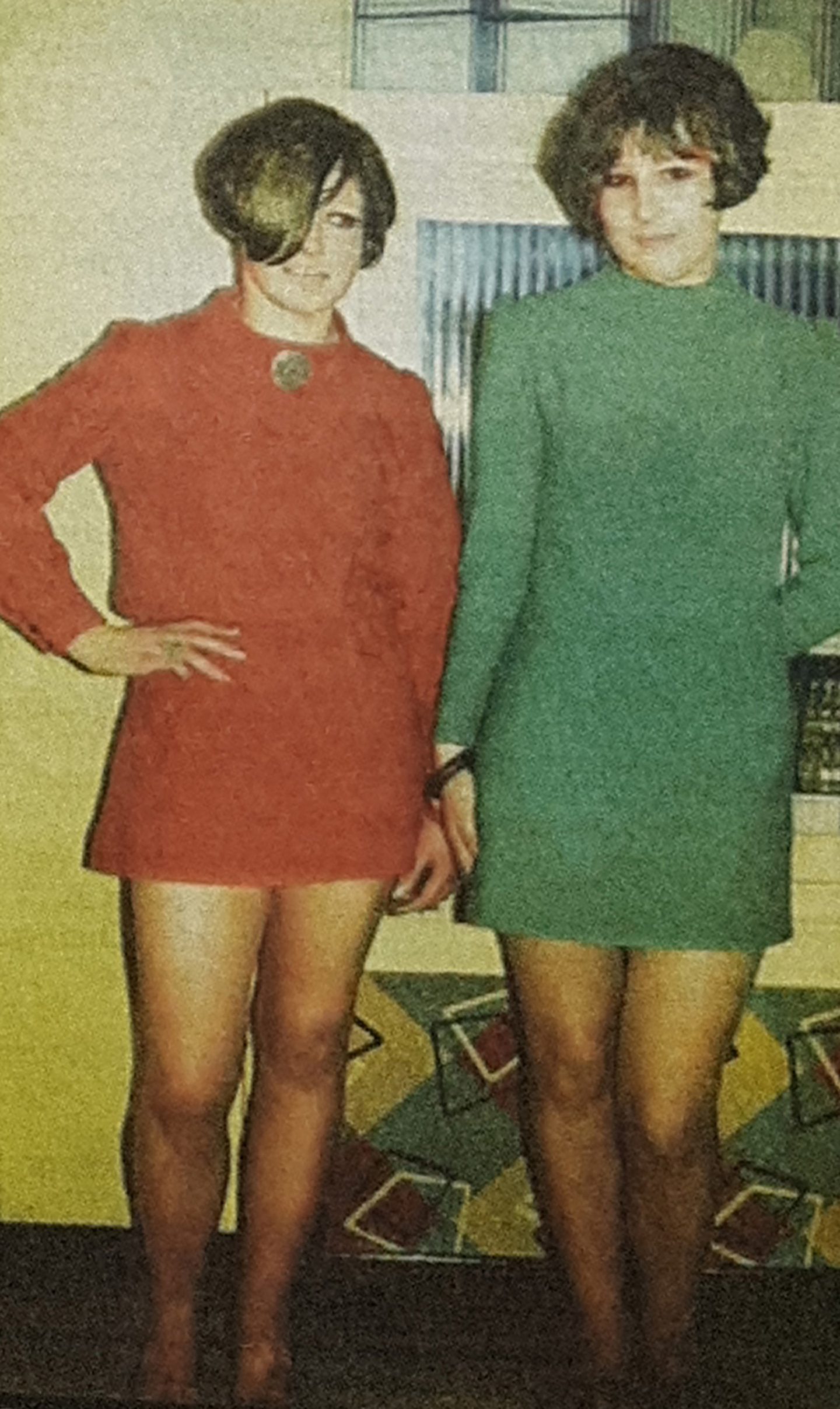
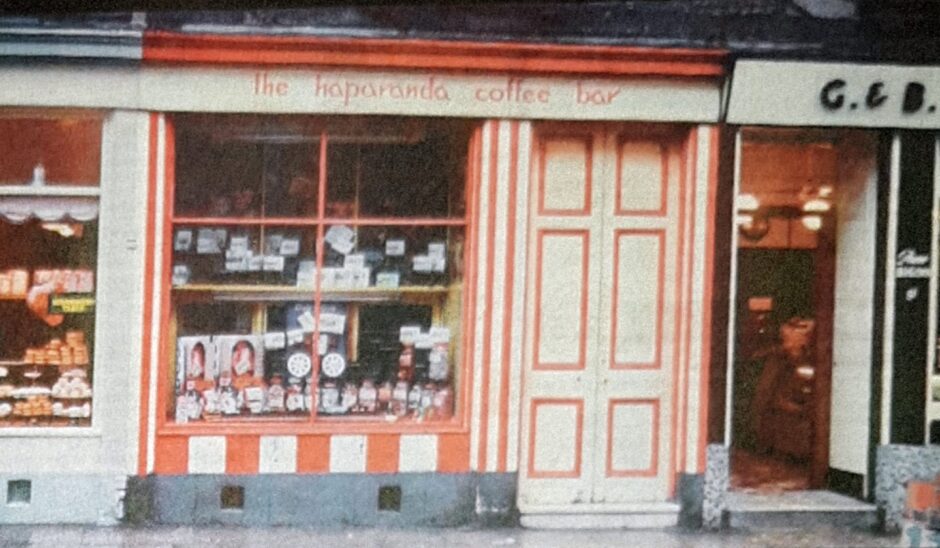
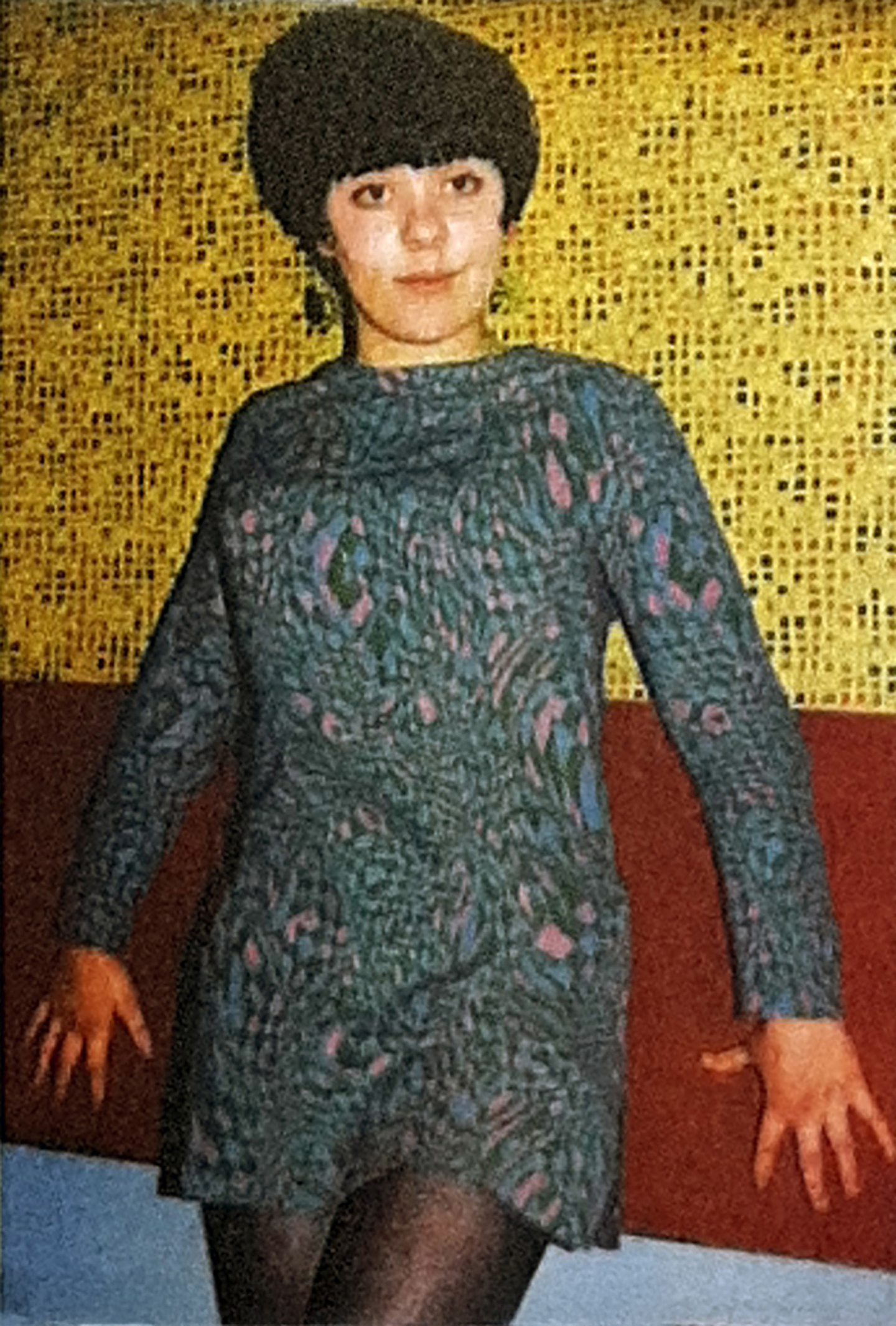
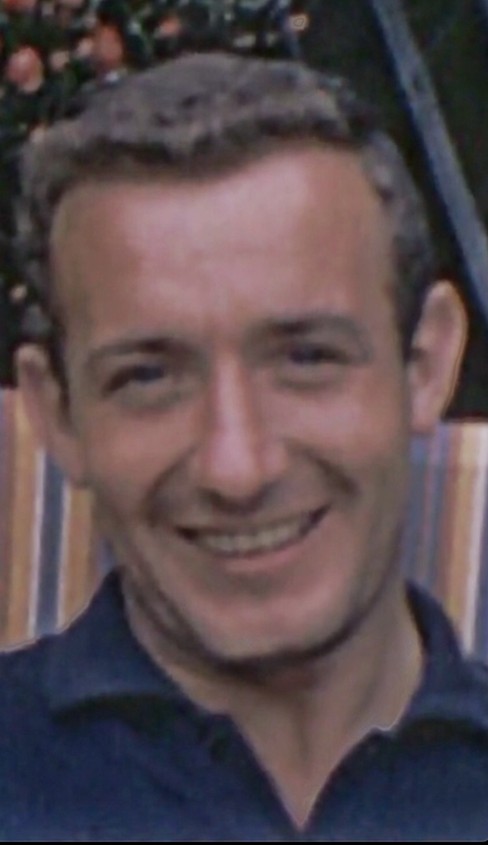
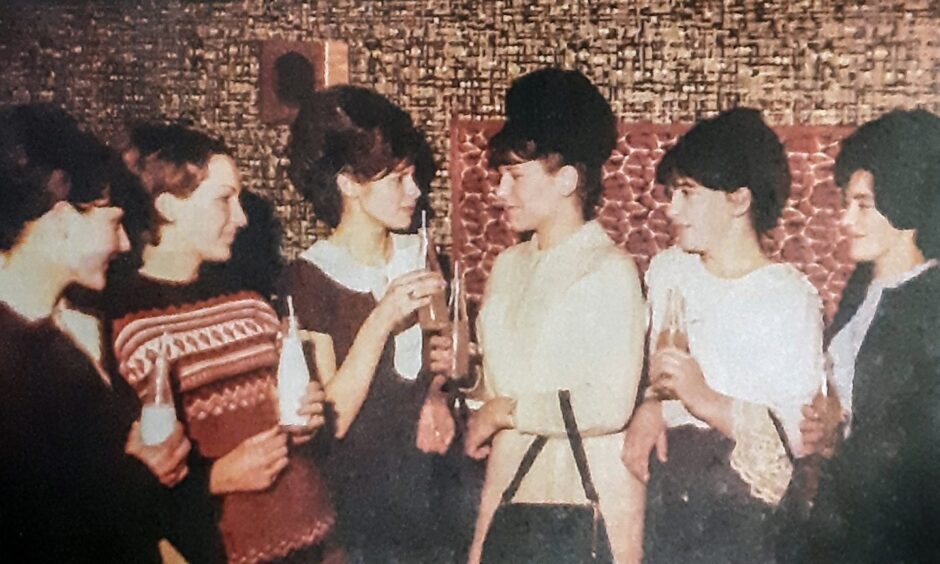
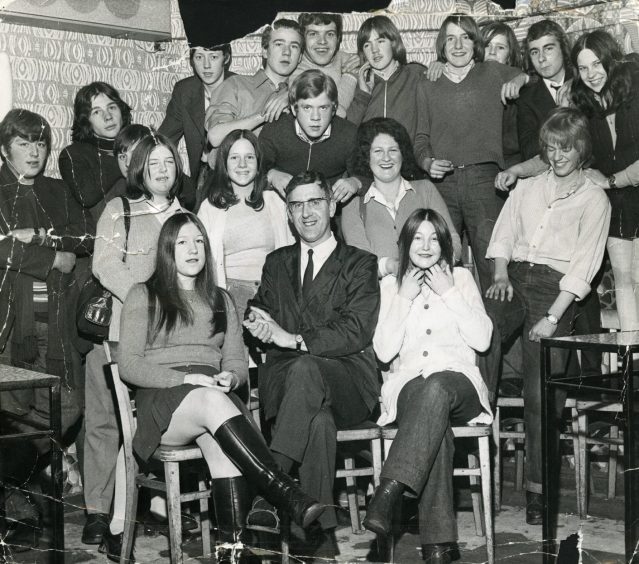
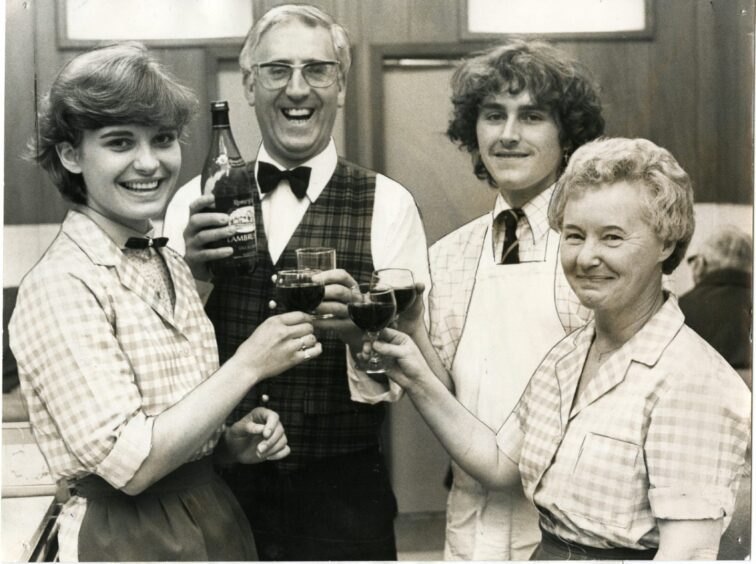
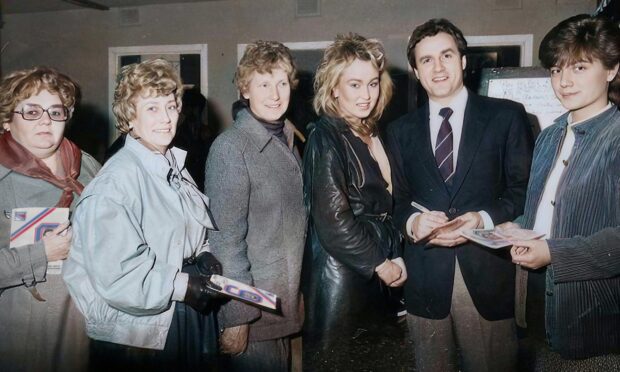
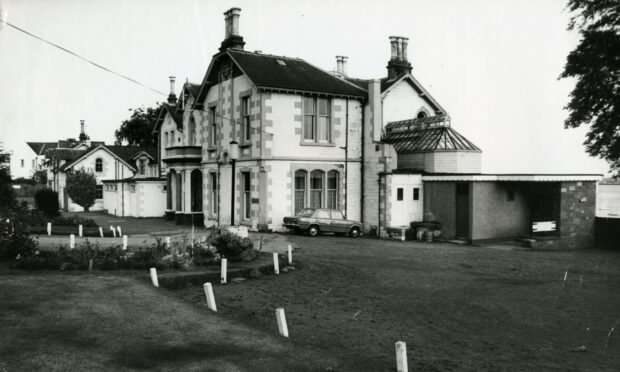
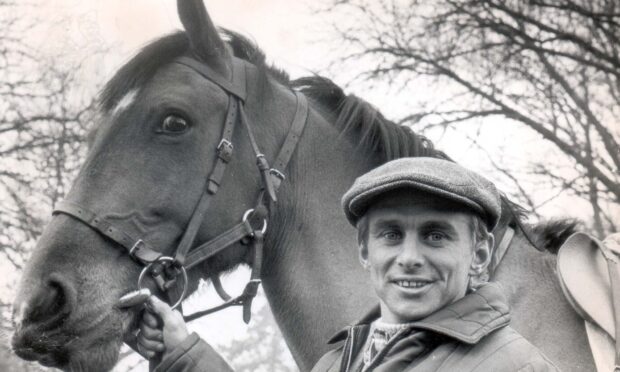
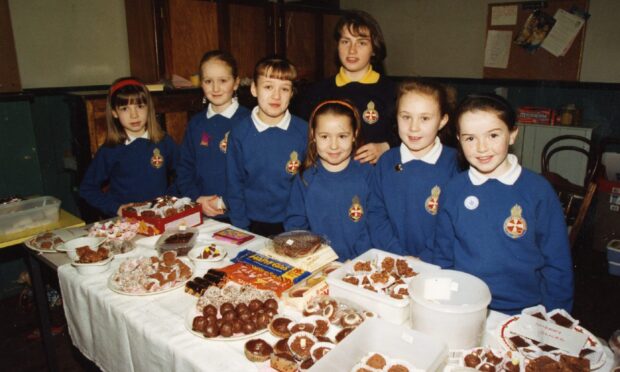
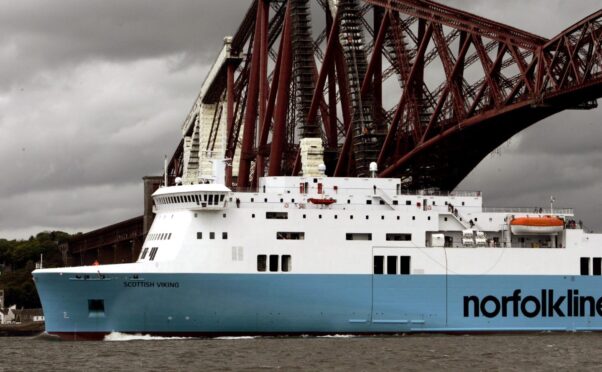
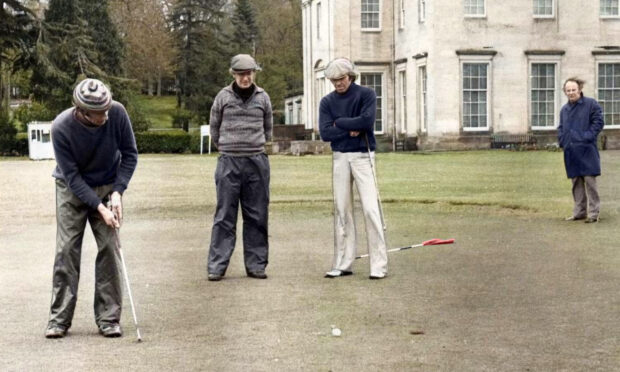
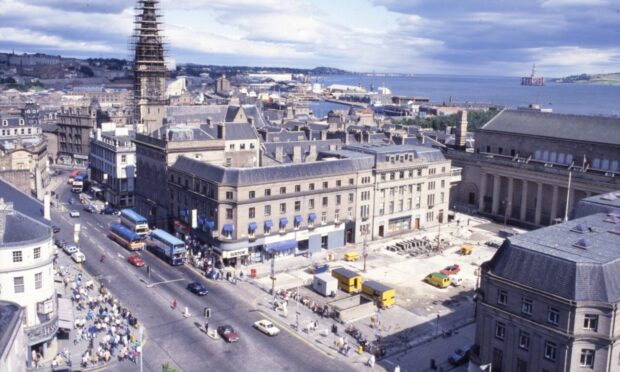
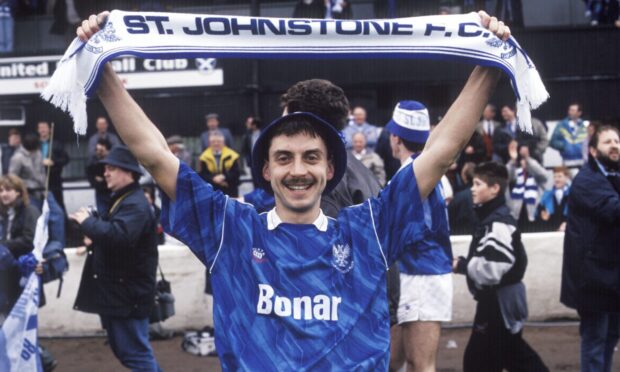
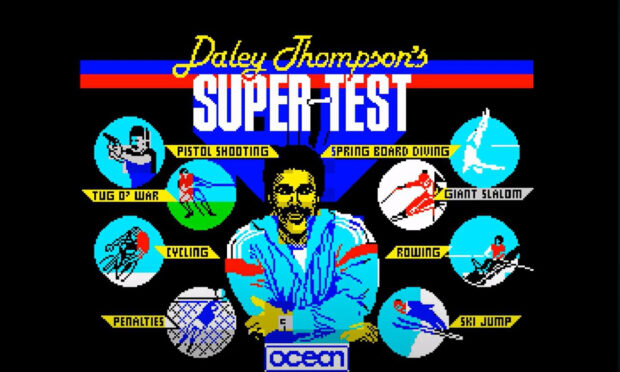
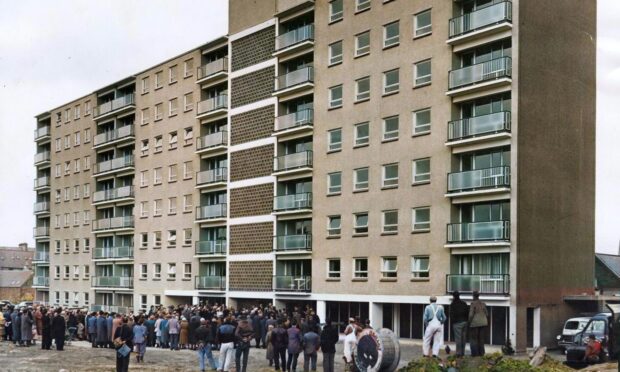
Conversation